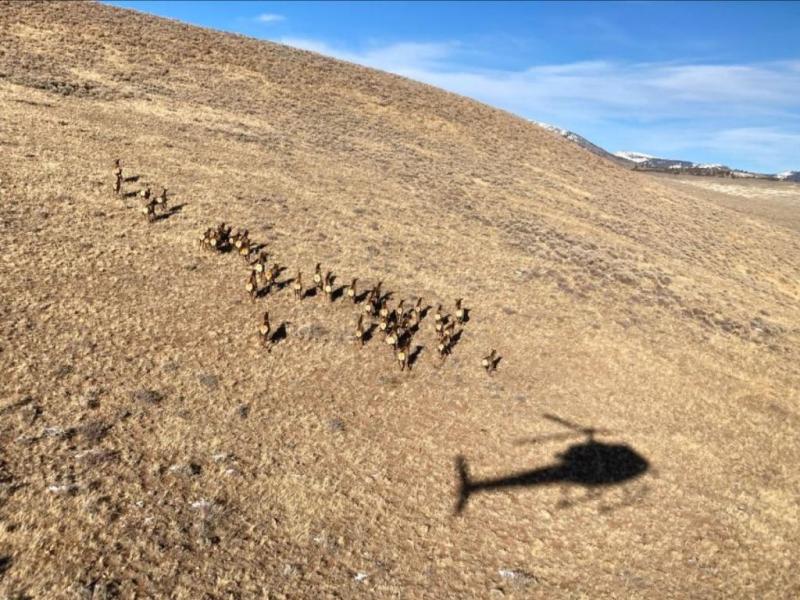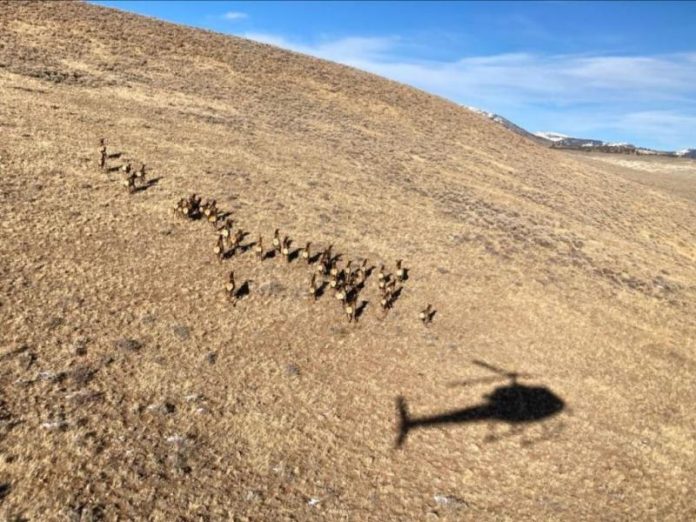
From early December through the beginning of March, Colorado Parks and Wildlife biologists will survey big game populations using low-altitude flights across Colorado.
While animals are under pressure to survive harsh winter conditions, winter remains the best time of year for the success of these operations and to ensure the overall long-term health of big game herds.
“Winter weather conditions typically concentrate deer and elk and provide increased visibility for staff who are conducting the aerial surveys,” said Brian Dreher, Assistant Director of CPW’s Terrestrial Wildlife Branch. “That’s why during the winter months, the agency uses helicopters and fixed-wing aircraft to capture and classify big game species.”
For the total numbers we saw in our flights last year, see page 11 of the 2024 big game license recommendation and the column “Number of classified animals in 2023.”
Winter classification flights occur statewide each year. It’s not possible to count all of the deer and elk across the landscape, so CPW staff classify animals by age and sex to determine the health of the herds and to compare their finding to the objectives in herd management plans. These operations provide wildlife managers with supplementary data used to generate computer models that estimate wildlife population numbers and composition.
Southeast Region
Beginning December 2, biologists will conduct low-altitude helicopter flights to assess big game herds across the Southeast Region from Leadville to Trinidad and east of Interstate 25. For more information, please view the news release.
Northeast Region
The Northeast Region will conduct deer, elk, antelope and waterfowl classification surveys using low-flying helicopters and fixed-wing aircraft starting December 3 and continuing into mid-January. For more information, please view the news release.
Northwest and Southwest Region
Work will begin Dec. 2 on the Bear’s Ears herd in northwest Colorado in the counties of Moffatt and Routt. Helicopter crews will then transition to the Uncompahgre Plateau in Montrose County if weather conditions allow. If the weather does not cooperate, the crews will transition to work on the Avalanche Creek herd in Pitkin County. Each study area requires roughly two days of flying time to complete. For more information, please view the news release.
Written by Travis Duncan. Travis is a public information officer for Colorado Parks and Wildlife in Denver. He has lived in Colorado for more than 20 years and loves the outdoors.



